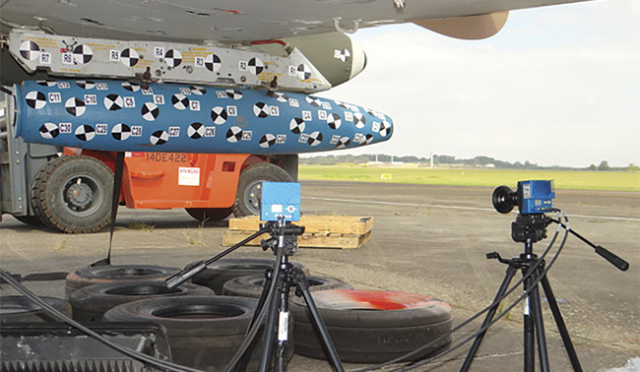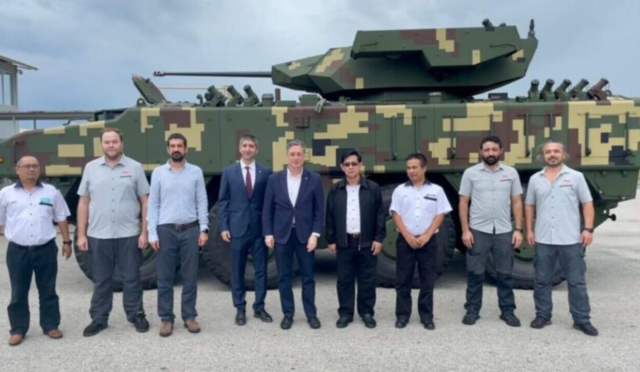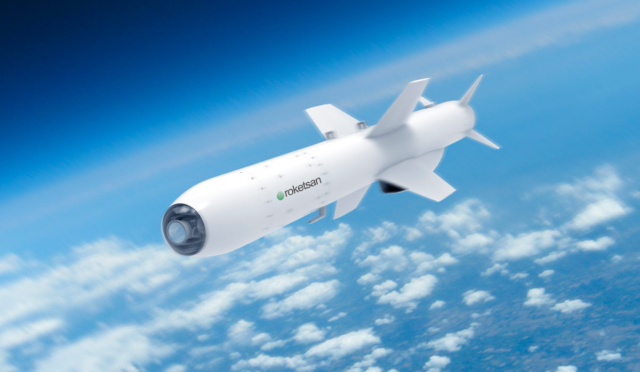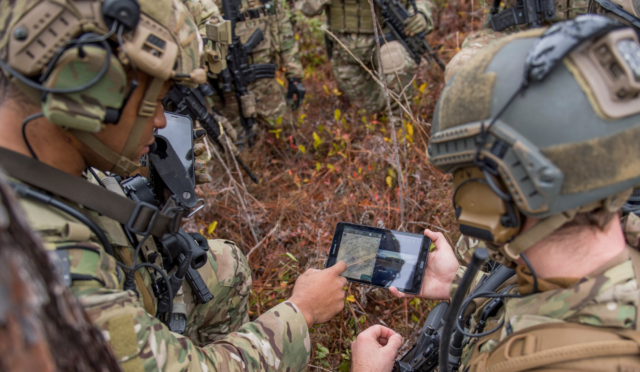KARAT Infrared Search and Tracking System Overview
**The KARAT Infrared Search and Tracking System (IRST) represents a groundbreaking advancement in aerial detection technology. Designed specifically for combat aircraft—both manned and unmanned—this integrated platform excels in infrared search, detection, and tracking of airborne targets. Unlike traditional radar systems that rely on electromagnetic waves, the KARAT IRST utilizes infrared radiation to identify and monitor aerial threats. By detecting heat emissions from various sources such as engine activity and frictional heat, it precisely determines the location and movement of potential targets.**
What sets the KARAT system apart is its effectiveness in scenarios where targets remain undetectable by conventional radar. This capability is particularly beneficial against enemy aircraft that employ radar countermeasures to evade tracking. The KARAT IRST provides a critical edge by remaining stealthy, allowing operators to detect threats without broadcasting their own position.
Applications of the KARAT IRST System
The KARAT Infrared Search and Tracking System is engineered for a wide array of applications in modern combat scenarios. One of its primary functions is air-to-air target search, detection, and tracking, which is vital for maintaining air superiority. Its high-performance long-wave infrared (LWIR) imaging enhances target detection capabilities, ensuring aircraft can identify and engage threats effectively during operations.
Furthermore, the system boasts a remarkable target detection range, making it highly effective in detecting low-visibility airborne objects. This advantage proves crucial when enemy aircraft attempt to disguise themselves using techniques aimed at obscuring radar signals. By remaining undetectable to electromagnetic systems, the IRST safeguards the user’s position while effectively locating hostile targets.
Key Benefits of the KARAT IRST Technology
The advantages of using the KARAT Infrared Search and Tracking System extend beyond mere detection capabilities. A significant benefit of the IRST system is its ability to track targets even when they deploy radar-jamming technologies or consider stealth as a primary defense. This passive detection approach mitigates the risks associated with electronic warfare, allowing forces to maintain surveillance without revealing their presence.
In addition to enhancing survivability, the KARAT IRST provides users with actionable intelligence on enemy movements and strategies. By continuously monitoring and tracking heat signatures, operators can make informed decisions during crucial engagement situations, thereby contributing to combat effectiveness.
General Features of the KARAT IRST System
The general features of the KARAT Infrared Search and Tracking System include a range of advanced technological capabilities aimed at optimizing its operational performance. It offers a superior detection range tailored for the next generation of combat aircraft, particularly effective at locating low radar visibility threats. The system’s design incorporates a faceted window structure that minimizes radar visibility, enhancing its stealth profile.
Moreover, users can select the scanning area, allowing for automatic target detection and tracking operations. The IRST supports both single and multi-target tracking, facilitating comprehensive situational awareness. Its wide scan area combined with low scan time ensures rapid responses to potential threats while providing angular position information and passive range estimations for detected targets.
Technical Specifications of the KARAT IRST
The technical specifications of the KARAT Infrared Search and Tracking System highlight its designed quality and operational reliability. The system features a detector resolution of 640×512 pixels with a 15 µm operating band in the LWIR spectrum. For field of view angles, it provides narrow scanning at 4.0° x 3.2° and wide scanning at 8.0° x 6.4°.
Additional operational details include an area scanning time of less than 30 seconds, ensuring quick target acquisition. Connectivity is maintained through a Fiber Ethernet communication interface, while the power interface conforms to MIL-STD-704F standards, utilizing 28 VDC. Compact in dimensions, the system measures up to 590 mm in width, 600 mm in height, and a depth of 540 mm, weighing no more than 50 kg. Rated for military conditions, it operates effectively between temperatures of -46°C and +70°C, with a liquid cooling interface to maintain performance.







